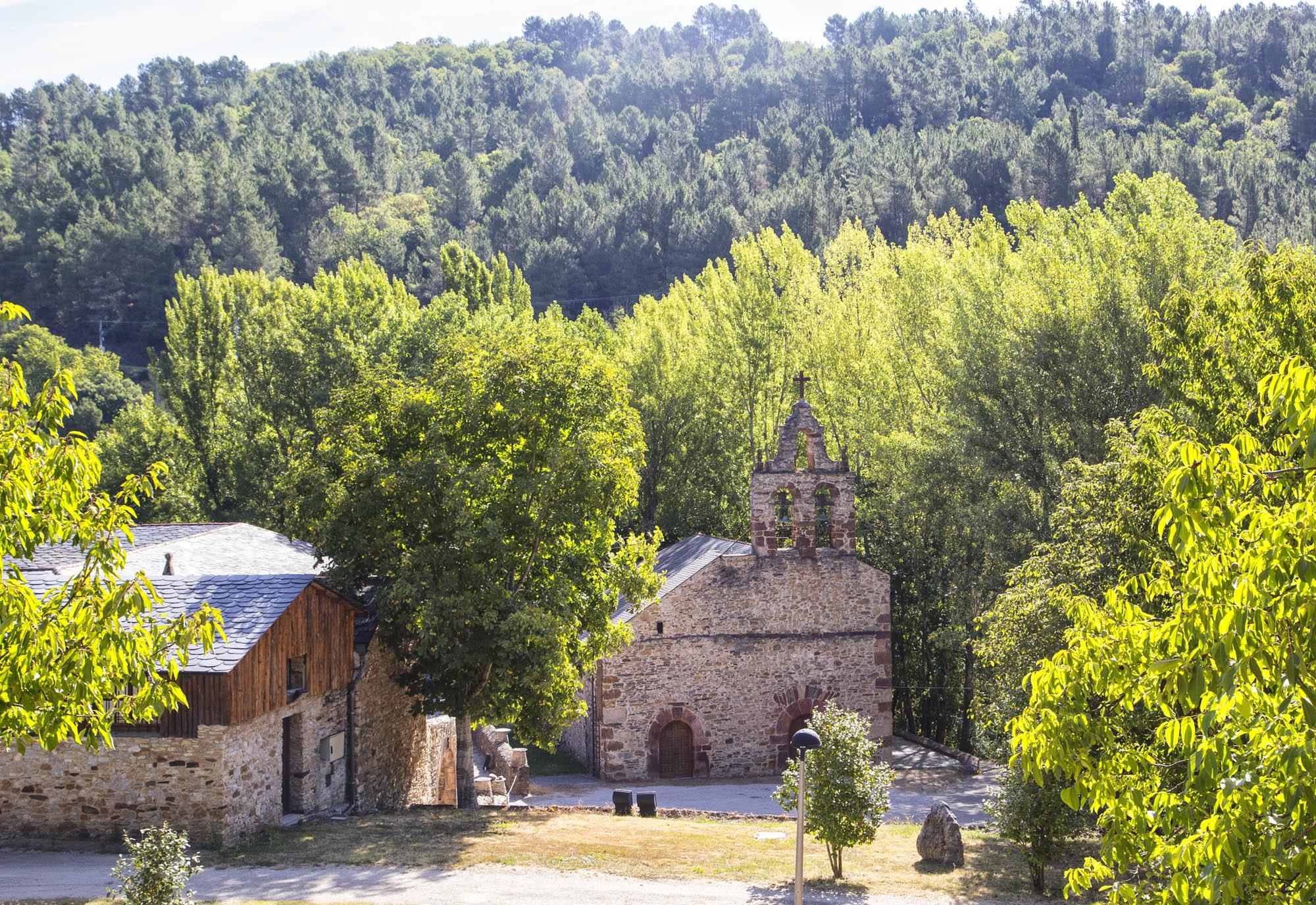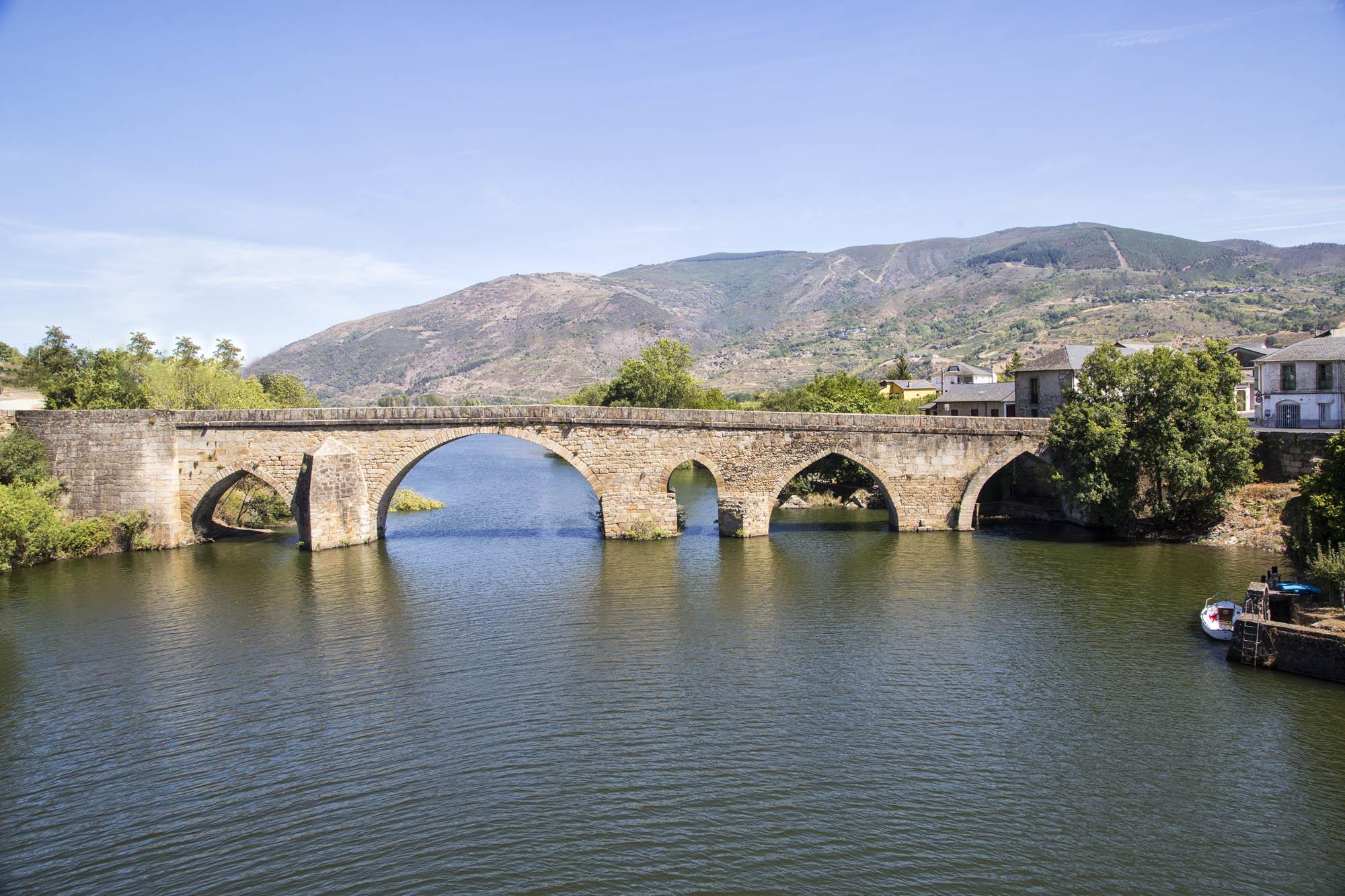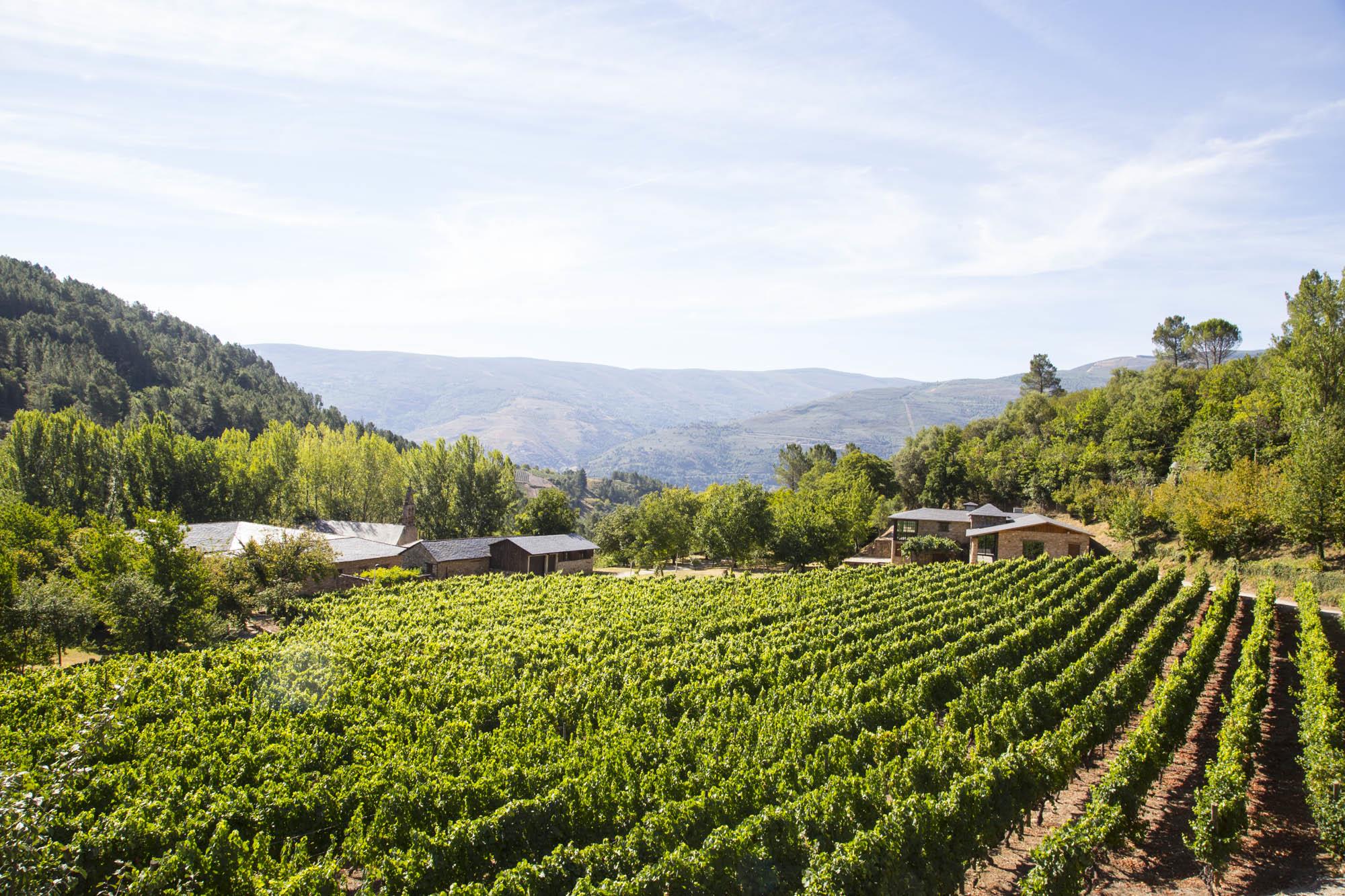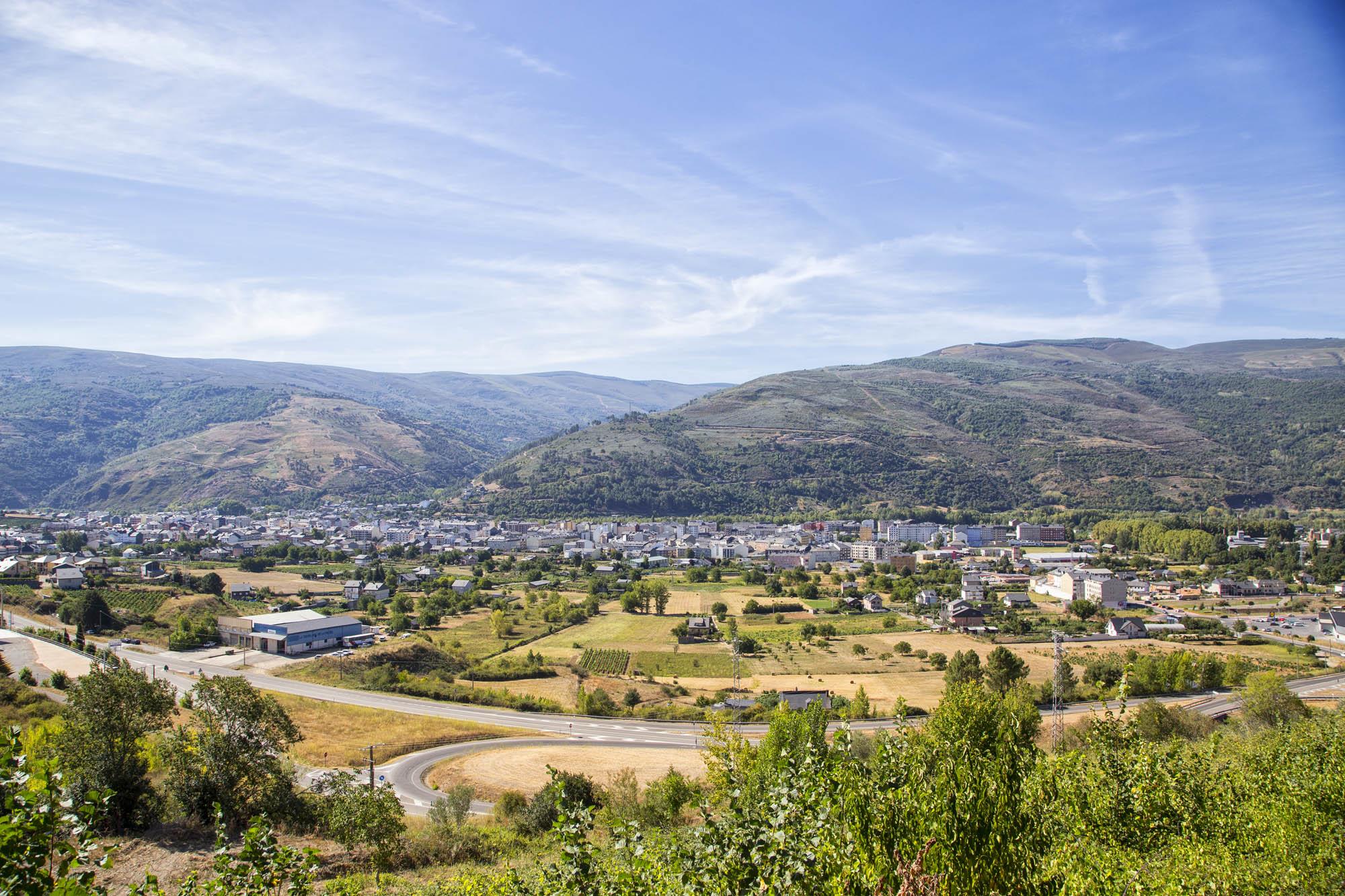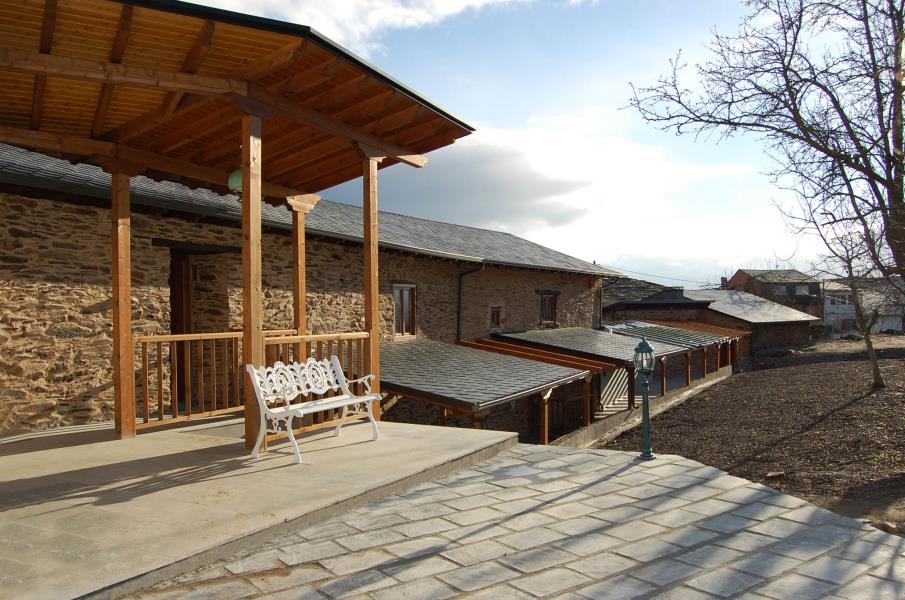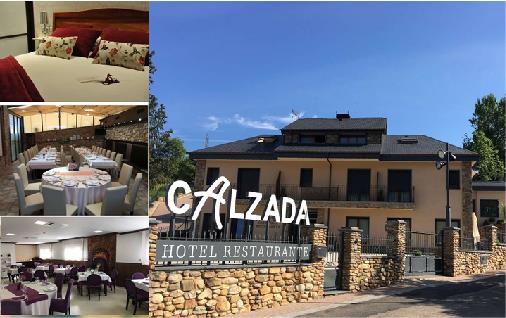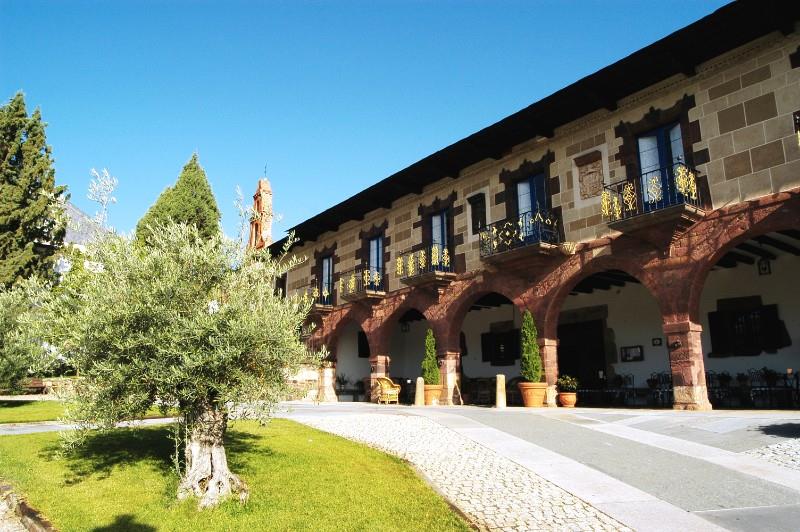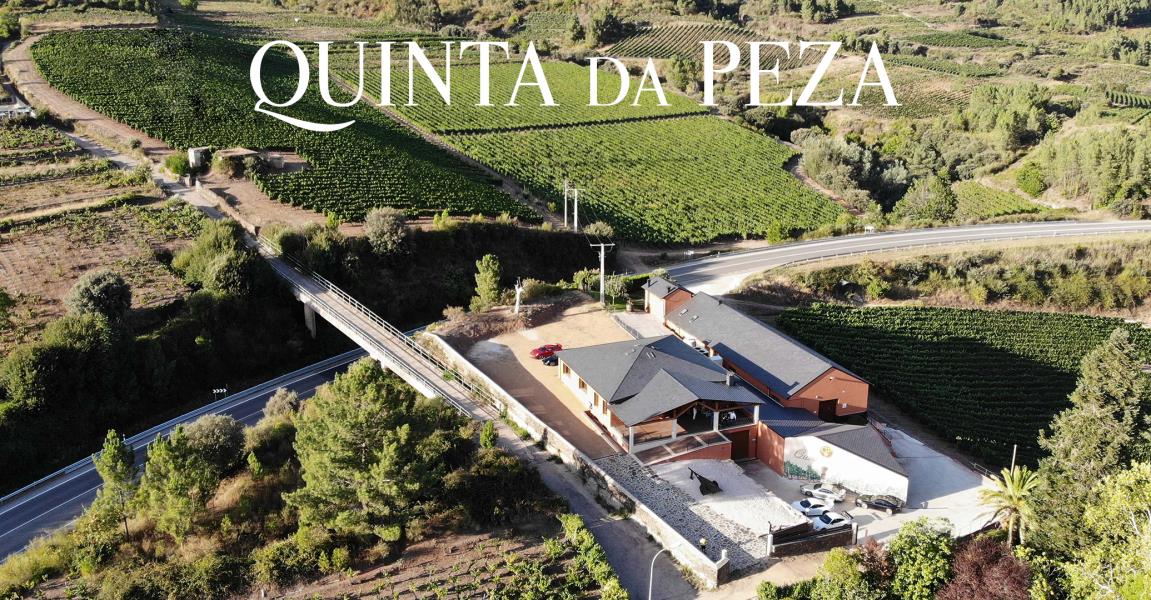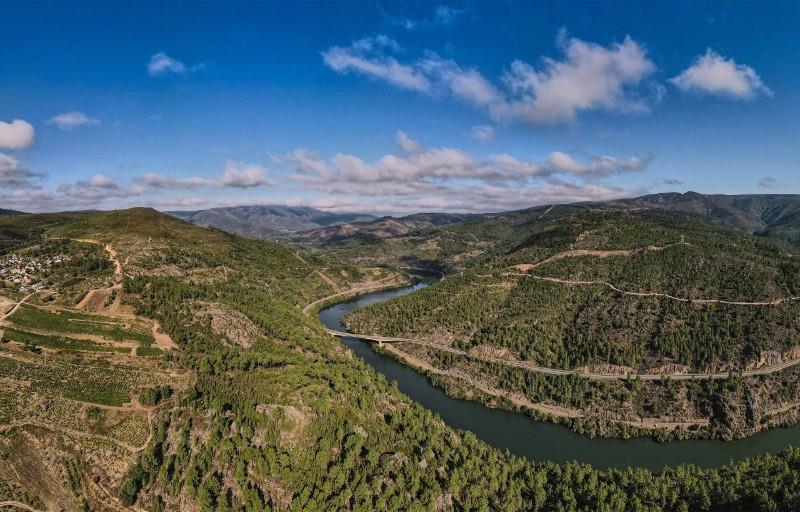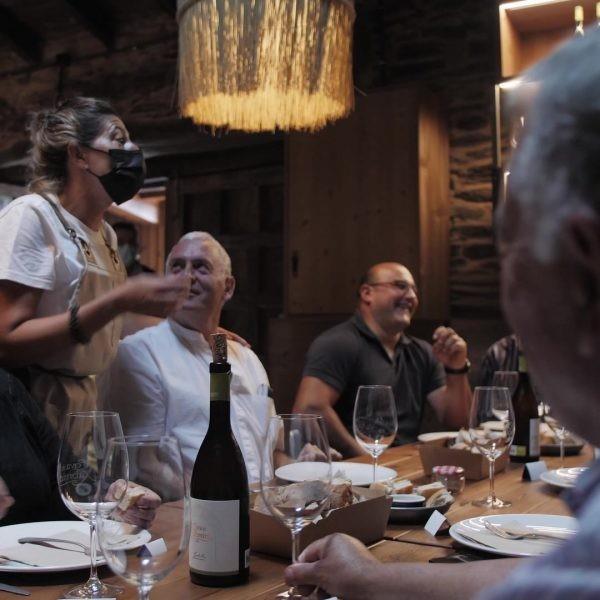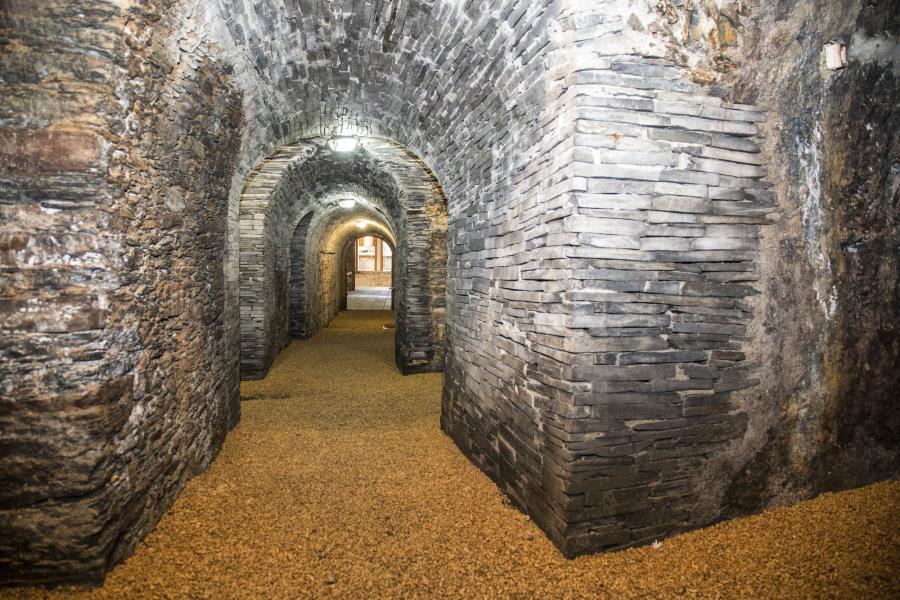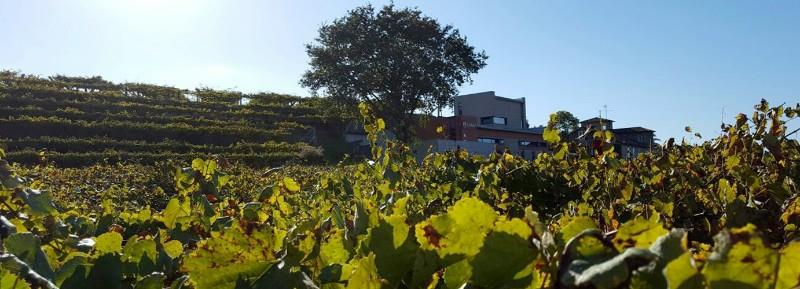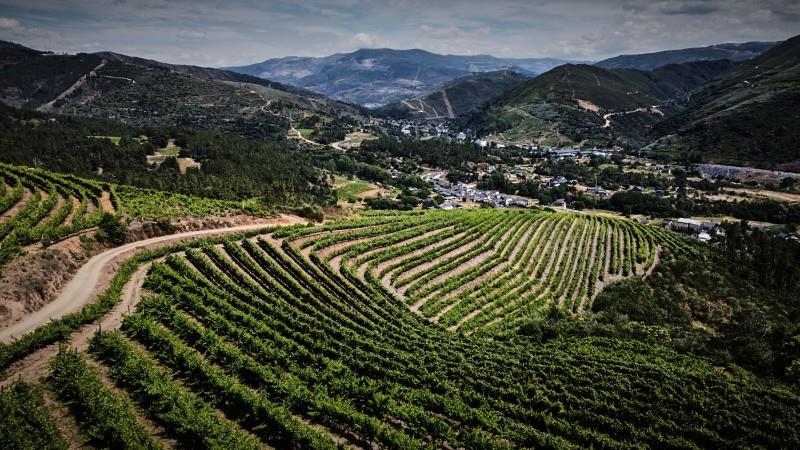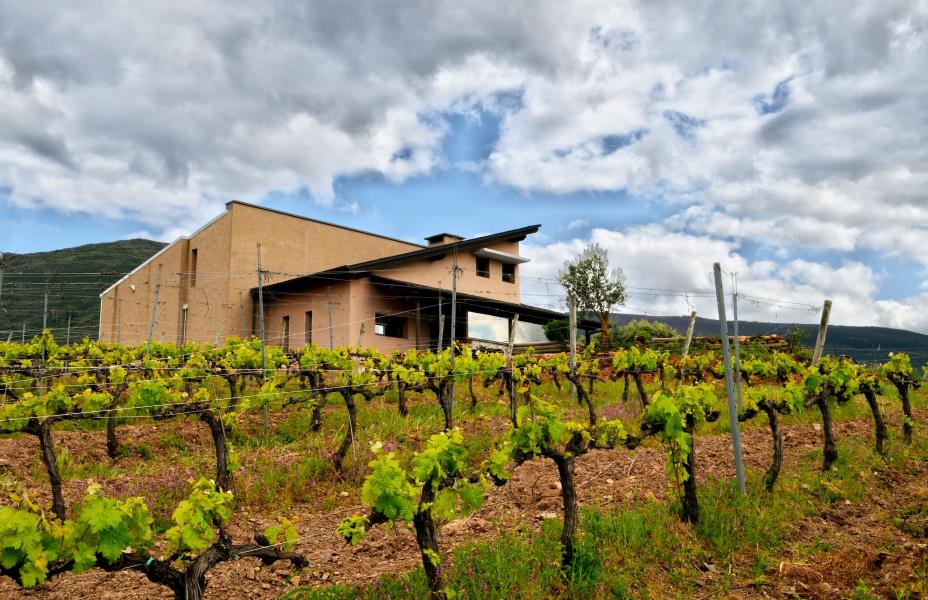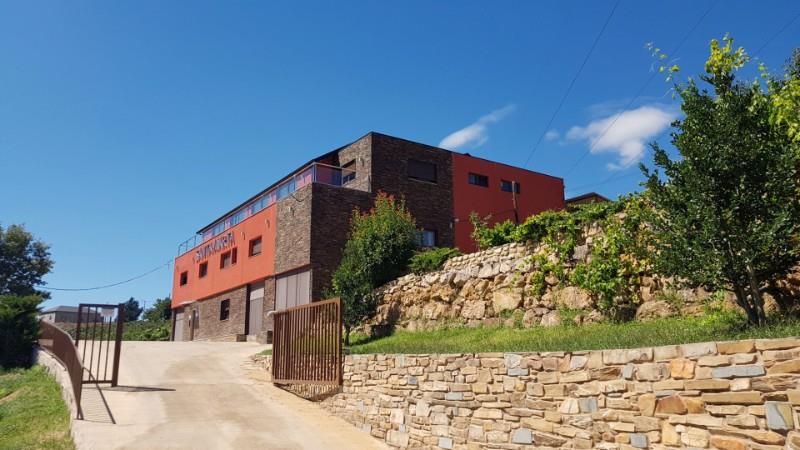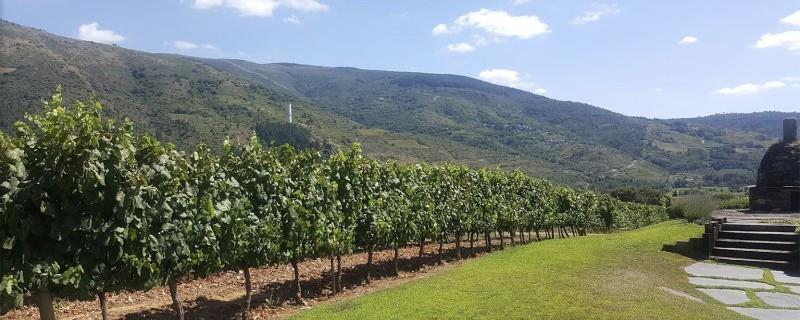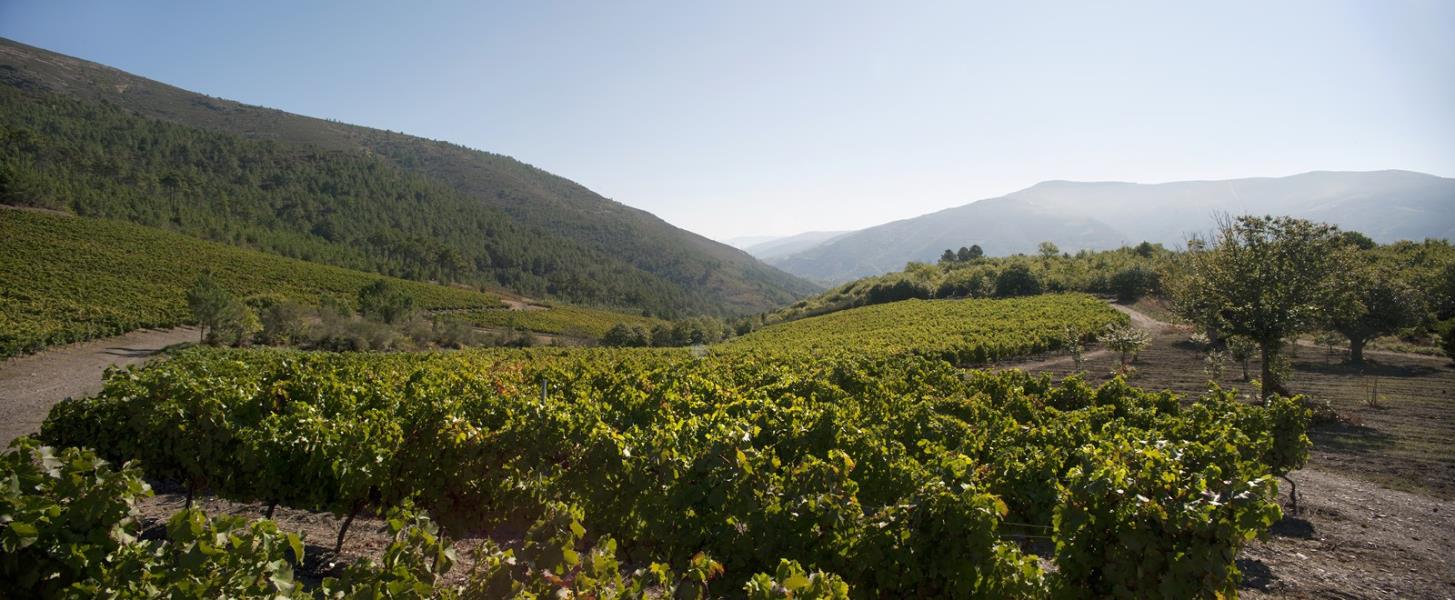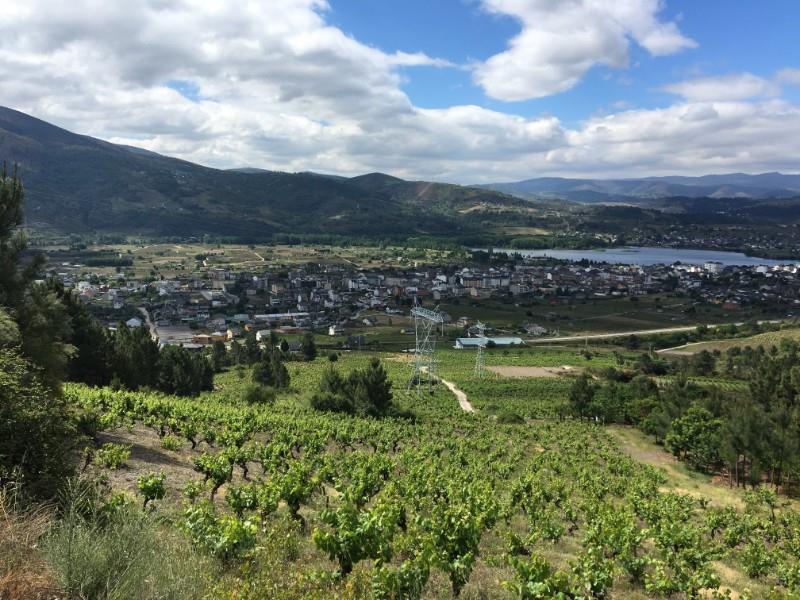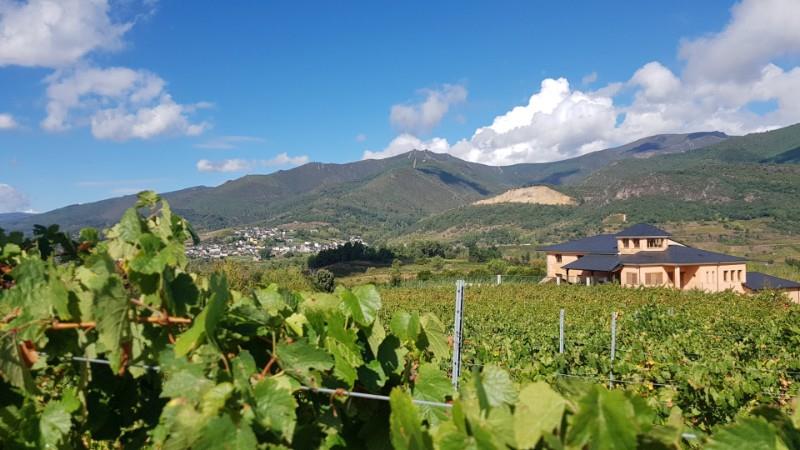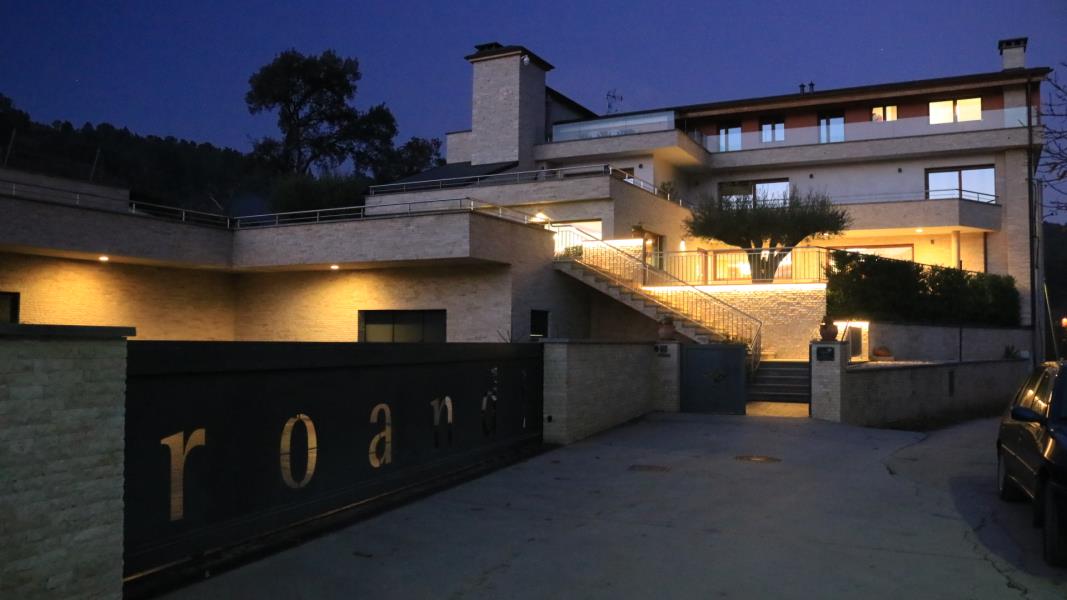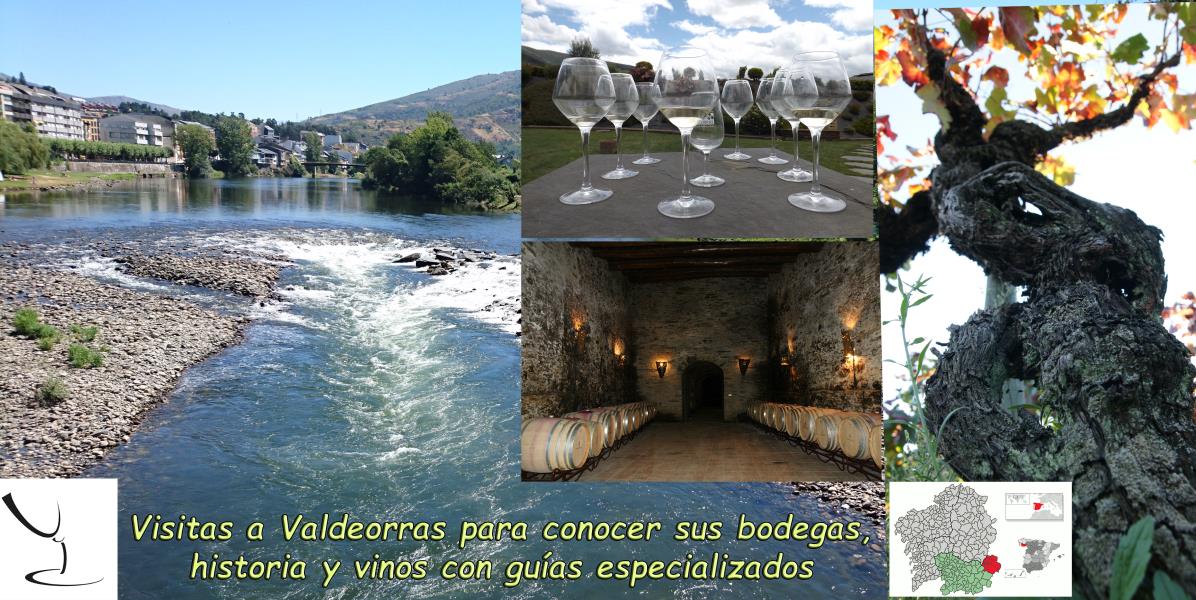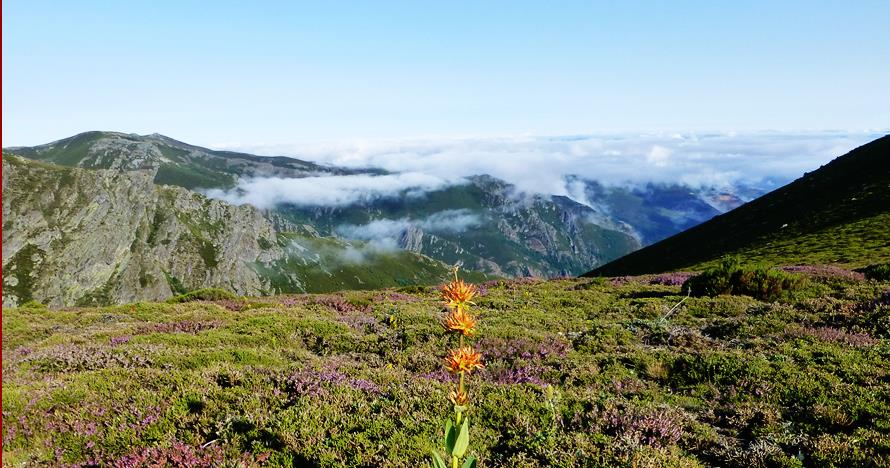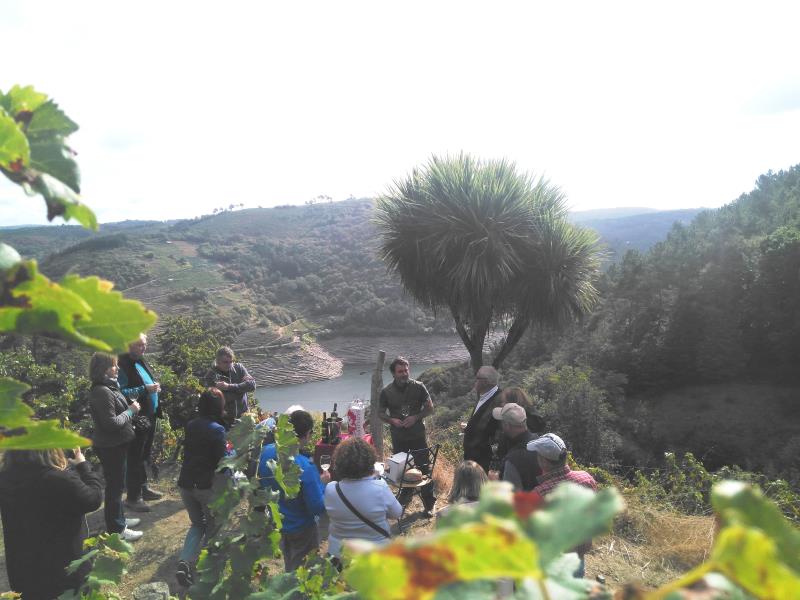Valdeorras´s wine route
The Valdeorras Wine Route comprises six municipalities integrated in the Valdeorras Denomination of Origin: Rubiá, O Barco, A Rúa, Petín, Larouco and Vilamartín. Here, the blackboard is the protagonist of the humanized territory. Land of millennial culture, it is crossed to the east by the Vía Nova, the Roman road Vía XVIII that connects Astorga with Braga. During the Roman Empire, this territory experienced an important center for the exploitation of gold, an activity that was combined with the planting of grape vines and even the construction of presses.
The important wine heritage that Valdeorras treasures permeates from the most hidden corner to the feeling of villas and villages. For this reason, wine is the excuse offered to travel a rural territory.
The wine tourism lover has the possibility to enjoy the beautiful natural and cultural heritage framed in the town of Entoma, surrounded by a large extension of vineyards on the hillside. In addition, you can visit the so-called “covas” or caves, buried wineries where traditionally wine was made and preserved in almost the entire region. Authentic neighborhoods of “covas” are concentrated, like fairytale villages betrayed by the curious chimneys, called “refugeallo”, which serve to regulate humidity. They are usually found clustered at the top of the villages or where the slopes become steeper.
It should be noted The Winter Way, a natural entrance to Galicia from the Plateau, which functioned as an alternative in winter to the hard ascent to the snowy peaks of O Cebreiro. In some of its sections they coincide with the Vía Nova, also known as Vía XVIII, which connects Astorga with Braga, so this access was also available used by the Romans. It consists of a route of more than 200 kilometers that begins on the French Way, specifically in the Leonese municipality of Ponferrada, and continues to Compostela, crossing the four Galician provinces. In its route, of about 240 kilometers between Ponferrada and Santiago, it runs through the Roman mining area of Las Médulas, declared a World Heritage Site, crosses the vicinity of the Serra da Enciña da Lastra Natural Park and follows the course of the Sil river, where it near the Ribeira Sacra. It crosses areas of wine production, such as Valdeorras.
Location Valdeorras´s wine route
Aldea San Miguel de Outeiro, s/n, Vilamartín de Valdeorras, Ourense

